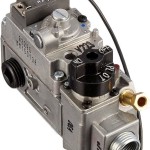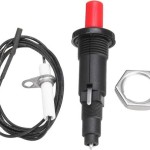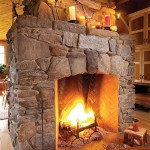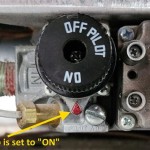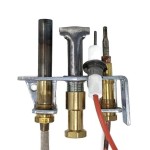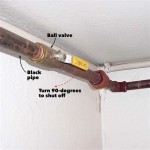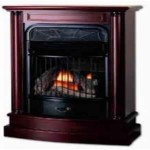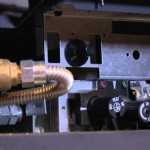Essential Aspects of Fireplace Grate Heater Heat Exchanger Fanless
Fireplace grate heater heat exchanger fanless offers a convenient way to enhance the heat output of your fireplace without relying on electricity. Understanding the essential aspects of this type of heater is crucial for making an informed decision about its suitability for your specific needs.
1. Heat Exchanger Design: The heat exchanger is the core component of a fireplace grate heater. It is typically made of cast iron or steel and features a series of fins that increase the surface area for efficient heat transfer. The design of the heat exchanger affects the rate at which heat is absorbed from the fire and dispersed into the room.
2. Grate Dimensions: The size of the grate determines how much wood it can accommodate and, consequently, the amount of heat it can produce. Larger grates allow for larger fires, resulting in greater heat output. However, it is important to ensure that the grate fits comfortably within the fireplace opening.
3. Heat Output Capacity: The heat output capacity of a fireplace grate heater is measured in British Thermal Units (BTUs). Higher BTU ratings indicate a greater ability to heat larger areas. The specific BTU output required depends on the size of the room and the desired level of warmth.
4. Fanless Operation: Unlike electric fireplace fans, fanless fireplace grate heaters rely solely on natural convection to distribute heat. This means there are no moving parts, reducing the risk of noise and mechanical failures. However, fanless models may be less efficient at circulating heat than their fan-assisted counterparts.
5. Compatibility: Fireplace grate heaters are designed to be compatible with specific types of fireplaces. It is important to check the manufacturer's specifications to ensure that the heater fits your existing fireplace configuration. Some heaters may require alterations to the fireplace opening for proper installation.
6. Maintenance: Fanless fireplace grate heaters require minimal maintenance. However, regular cleaning to remove ash and soot buildup is essential to maintain optimal performance. It is also advisable to inspect the heater periodically for any signs of damage or wear.
By considering these essential aspects, you can make an informed choice about whether a fireplace grate heater heat exchanger fanless is right for your needs. These heaters offer a cost-effective and eco-friendly way to enhance the warmth and ambiance of your living space.

Tiny Stainless Grate Fanless Hastyheat

Tiny Stainless Grate Fanless Hastyheat

Tiny Stainless Grate Fanless Hastyheat

Grate Heater Wikipedia

24gr 14 24td Fireplace Heat Exchanger Hasty Hastyheat

Large Stainless Grate Fanless Hastyheat

Choose A Fireplace Grate Heater From The 3 Top Ing For 2024

Tiny Stainless Grate Fanless Hastyheat

Large Stainless Grate Fanless Hastyheat

F Fanless Fireplace Grate Heat Exchangers Silent Simple And No Electricity Required

